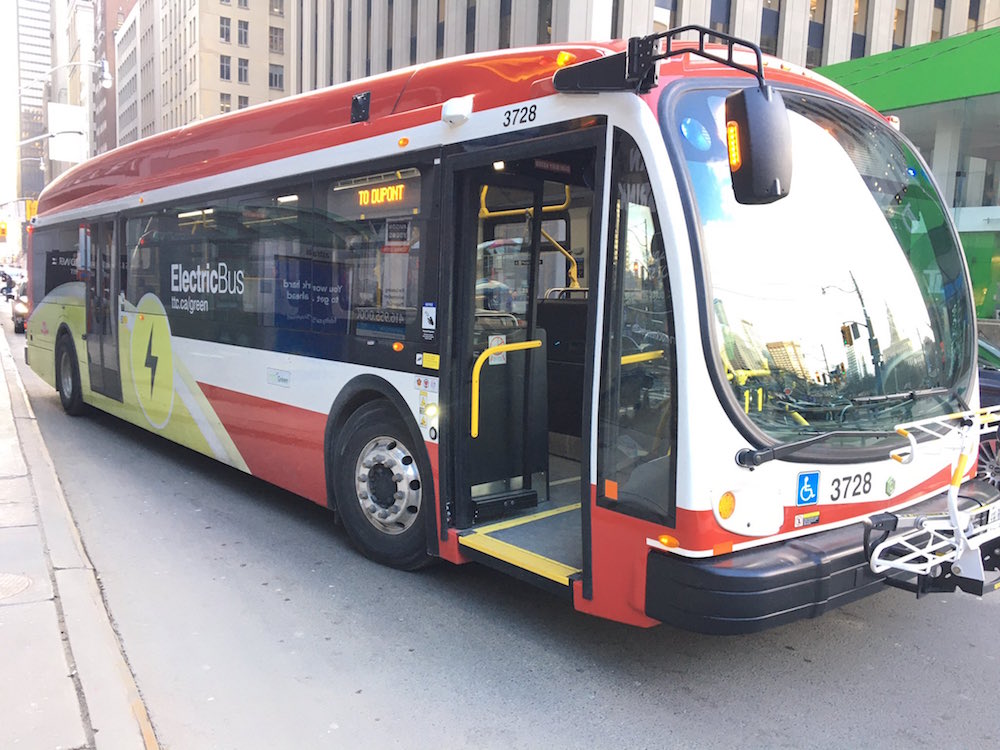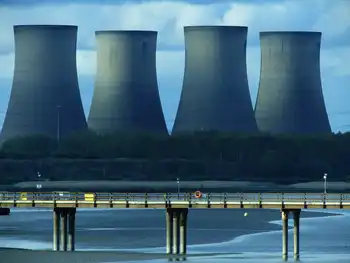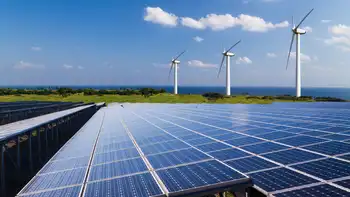New system part of San JoseÂ’s ongoing Green Vision
By Business Wire
High Voltage Maintenance Training Online
Our customized live online or in‑person group training can be delivered to your staff at your location.

- Live Online
- 12 hours Instructor-led
- Group Training Available
This project is part of the cityÂ’s Green Vision, an ambitious and forward thinking 15-year plan to transform San Jose into a world center of clean technology innovation, to promote environmentally sustainable practices and to reduce energy use. Streetlights networked with EchelonÂ’s intelligent controls for smart networks can significantly reduce a cityÂ’s energy and maintenance costs while improving light quality, decreasing light pollution, and providing increased safety.
With this pilot, San Jose plans to convert 125 lights in the cityÂ’s Hillview North neighborhood by June 2009. The new streetlights will use energy efficient LED lamps equipped with EchelonÂ’s power line networking technology and segment controllers. The city is seeking funds from the Federal governmentÂ’s stimulus package to install additional lights, with plans to change all of its 65,000 streetlights to a new energy efficient system by 2022. The city expects to reduce energy use by almost 40% with the new system.
“San Jose is working to show the world that environmental responsibility makes financial sense. By transforming our streetlights, we help innovators create new industries and reduce the City’s own operating and maintenance costs,” said Chuck Reed, Mayor of the City of San Jose. “San Jose companies lead the world in clean tech innovation, in areas as diverse as solar and smart grid technology, alternative fuels, efficient lighting and energy monitoring systems innovation. We are delighted to partner with Echelon, a San Jose headquartered, world-class smart grid technology company.”
San Jose motorists and pedestrians have complained about the city's yellow streetlights, which are easily confused with traffic signals, distort the color of cars and painted curbs, and diminish the resolution of security and traffic cameras. They also consume a lot of energy — last year the city spent almost $3.5 million on energy costs for streetlights.
The smart, networked LED streetlights can be remotely dimmed late at night to save energy and to reduce light pollution, a key concern for the Lick Observatory, an astronomy research center, located just east of the city.
The LonWorks control network provides real-time reporting on the status of the lights and early identification of problems. The system can send real-time notification to maintenance crews when a streetlight is out, and measure various operating conditions such as the number of burning hours, which help to significantly reduce maintenance costs of the system.
Because the system is based on a single, networked infrastructure, future enhancements could include message and traffic intelligence programs to move traffic more efficiently. The system could ‘strobe’ the lamps on and off and such a capability could be tied to emergency services to help response teams easily locate the site of an incident.
“Echelon’s technology is used in remotely monitored and controlled streetlight systems in other cities worldwide, providing significant energy savings and return on investment,” said Ken Oshman, Echelon’s CEO and chairman. “This project is a good example of how public and private partnership can drive solutions in the market. We are proud to assist San Jose in realizing its Green Vision by contributing to energy savings and reduced carbon dioxide emissions in our local community.”











